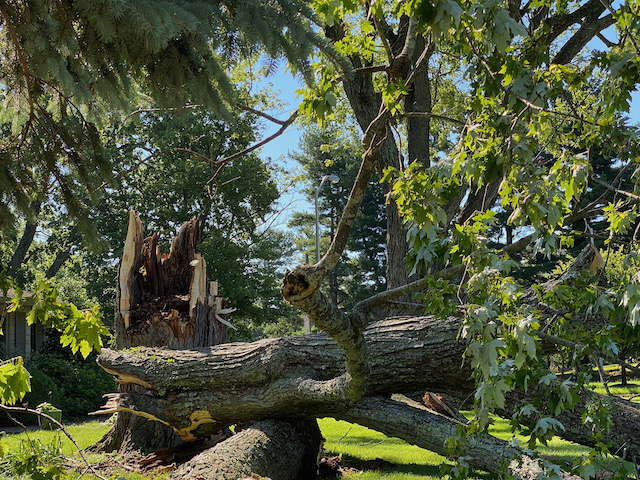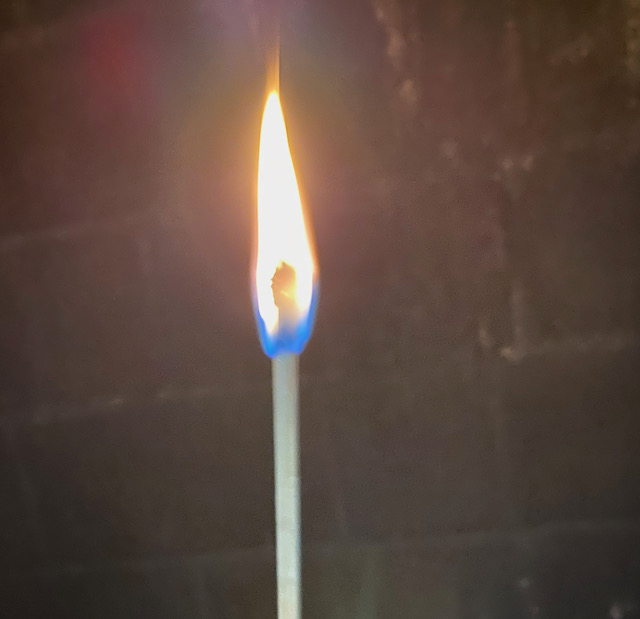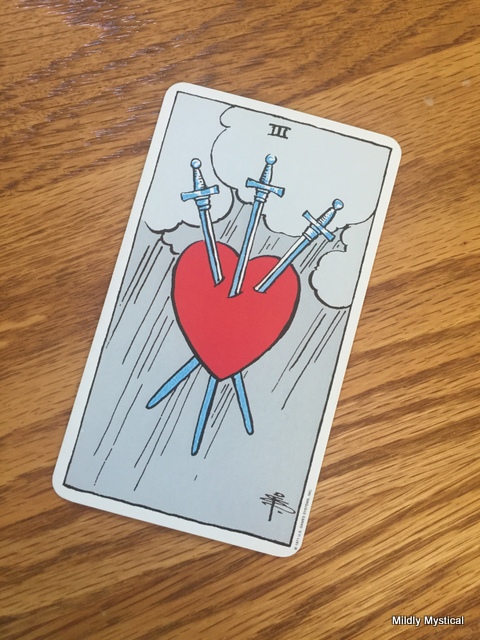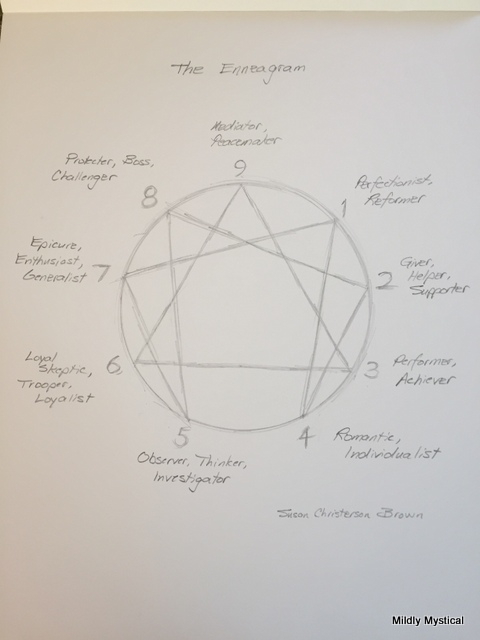We’ve been through a lot of challenge and change over the past year and a half, both individually and collectively. The outer changes in our lives and circumstances are easy to see, but we’re experiencing internal shifts as well. It helps to have some guidance as we tend our inner lives, and the Enneagram is an invaluable resource.

The insight of the Enneagram has allowed me to understand myself better, and helped me to navigate changes during this challenging time. Over the past several months I’ve deepened my understanding of this powerful map of the human psyche while working toward certification as an Enneagram teacher in the Narrative tradition. This fall I’m excited to be starting a new group for learning the Enneagram.
The Enneagram describes how, in one of nine different ways, our inner habits of thought and attention shape our outer experience. It shows how our well-worn emotional buttons influence who we believe ourselves to be. Yet we are more than these learned behaviors; life is more than these patterns we’ve adopted for coping with the world. Within us is an authentic self who is wiser, stronger, and more loving than the habitual identity we’ve learned to wear.
The Enneagram holds vital insight for connecting with this essential self and living a fuller life. The Enneagram shows us the habits that take charge when we aren’t paying attention. It names the things we do to try to keep ourselves safe—things that eventually work against experiencing the security, worth, and connection that we most long for. Learning to recognize and relax these automatic patterns helps us show up with a clear mind, loving heart, and grounded presence for whatever the day may bring.
The Enneagram also helps us appreciate how others experience the world. Certainly the pandemic has demonstrated that people are very different in how we see and respond to the world. Learning about the different Enneagram types helps us understand how people differ in what we pay attention to, what we’re sensitive about, and what motivates us. It teaches compassion for ourselves and others, and helps our relationships to flourish.
Maybe you’ve reached a place where you want to understand yourself and others better. Perhaps you’re exhausted from spending energy in a way that doesn’t seem to move you forward. Possibly you’re tired of meeting internal demands that no longer serve to make life better. The outer changes of the past year and a half may have shown you the value of exploring inner growth and change. Or perhaps life is nudging you to get support in finding a new approach to the patterns you’re ready to outgrow.
Whether you want to deepen your understanding of the Enneagram, or learn about your type for the first time, I invite you to be part of a new Enneagram learning group that I’ll be leading via Zoom beginning this fall. We’ll meet monthly, 6:30-8:00 p.m., on the second Wednesday evening of the month. There will be an introductory meeting on Wednesday, September 8, at 6:30. It will be a chance for you to hear about the group and ask questions, and for me to get a sense of the group and how best to proceed with planning the year. We’ll meet for nine months (October through June), focusing on a different type for each meeting, along with discussion relevant to all types. The cost to participate for the year will be $180.
If you’re interested in attending the introductory session and/or being part of this group, just send a quick email to susan@mildlymystical.com. It’s a great time to explore this life-giving tool.





